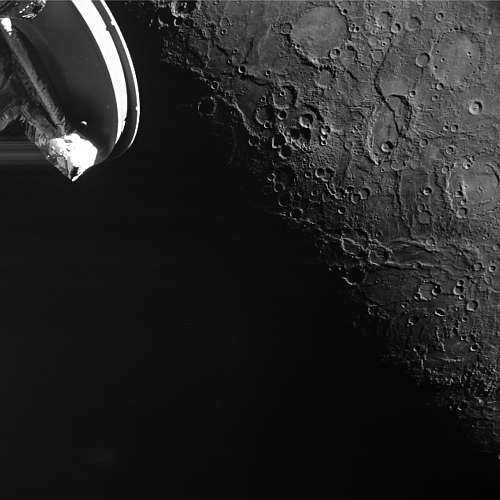ESA official confirms first Ariane-6 launch will not occur until 2024
The head of ESA yesterday confirmed what had been known since May, that the first test flight of its Ariane-6 rocket will not take place this year but will be delayed until 2024.
In an update on the Ariane 6 program also posted Tuesday, the ESA said that it could not complete a short hot firing test — which mimics the environment in space to provide data to operators — of Ariane’s Vulcain 2.1 engine system in a July attempt, with plans to try again on August 29.
Aschbacher said the tentative plan is to carry out a long hot fire test of the assembled core stage and engine on September 26 at the agency’s spaceport in French Guiana. If those tests are successful, it should then be possible to set a more precise timeline for getting the rocket system ready for launch next year.
It seems the inability of engineers to complete that July engine test — which ESA officials claimed was because they simply ran out of time — added at least a six-week delay to the entire program.
There delays leave Europe without any large rocket to launch payloads, and has forced its various governments to hire SpaceX to get those payloads into space.
The head of ESA yesterday confirmed what had been known since May, that the first test flight of its Ariane-6 rocket will not take place this year but will be delayed until 2024.
In an update on the Ariane 6 program also posted Tuesday, the ESA said that it could not complete a short hot firing test — which mimics the environment in space to provide data to operators — of Ariane’s Vulcain 2.1 engine system in a July attempt, with plans to try again on August 29.
Aschbacher said the tentative plan is to carry out a long hot fire test of the assembled core stage and engine on September 26 at the agency’s spaceport in French Guiana. If those tests are successful, it should then be possible to set a more precise timeline for getting the rocket system ready for launch next year.
It seems the inability of engineers to complete that July engine test — which ESA officials claimed was because they simply ran out of time — added at least a six-week delay to the entire program.
There delays leave Europe without any large rocket to launch payloads, and has forced its various governments to hire SpaceX to get those payloads into space.



